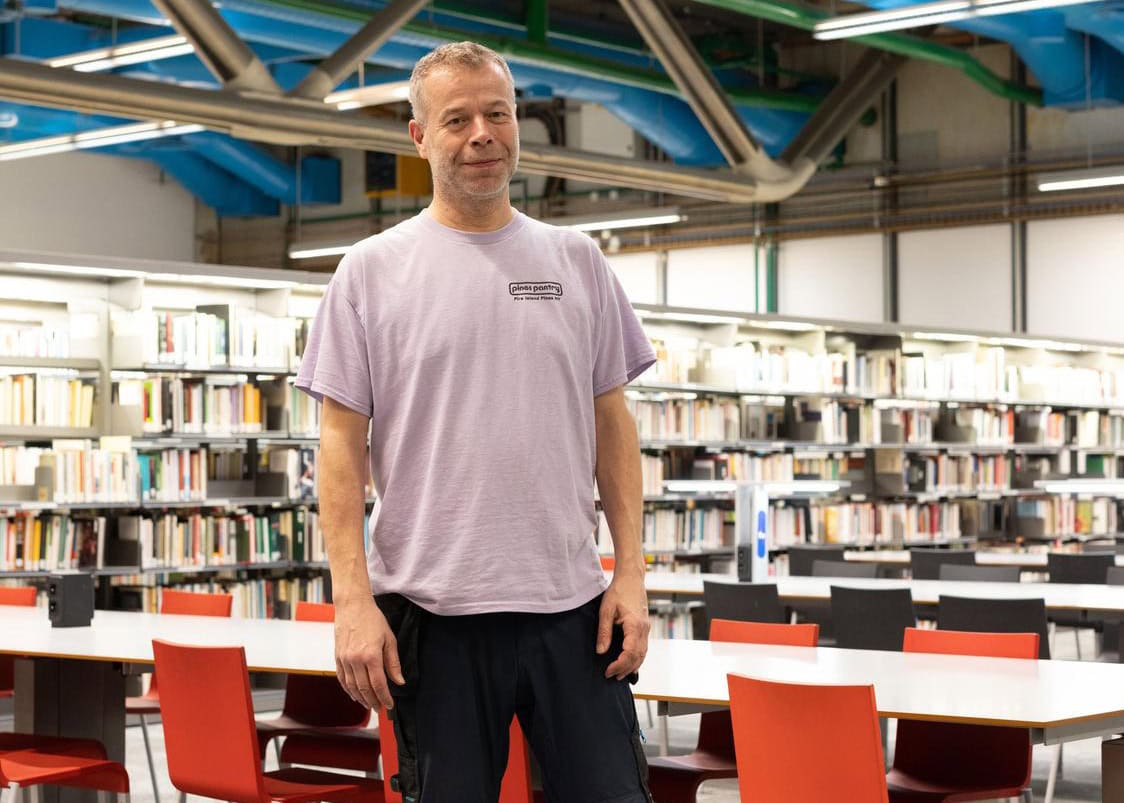Artist’s installation reflects on access, memory, and digital erasure
As the Centre Pompidou prepares to close for renovation, its vast public library—known as the Bpi—has become a temporary archive of memory, reimagined through the lens of Wolfgang Tillmans. The German artist has transformed the emptied reading rooms into a profoundly personal exhibition featuring over 3,000 works and 44 of his own published books. The setting feels not only fitting but resonant.
“I love books,” Tillmans told guests at Thursday night’s opening. “Now, of course, we are in a time where records are being deleted, where research is being stopped… History and culture are always about what is being recorded.”
It’s a timely reminder in an age increasingly defined by information control and digital erasure. The Pompidou Library, which welcomed over 1.3 million visitors last year, is celebrated for its commitment to open access and free knowledge. That spirit is central to Tillmans’s presentation—quiet, layered, and powerfully democratic.
In a gesture that amplifies this ethos, Celine partnered with the Pompidou to offer four days of free admission to the show. The exhibition also marked Celine artistic director Michael Rider’s first public appearance ahead of his July 6 debut collection.
The opening drew a thoughtful crowd across fashion and art, including Jack McCollough and Lazaro Hernandez of Proenza Schouler, Lutz Huelle, Sébastien Meyer, and model Mica Argañaraz. Diana Picasso reflected on the space’s resonance: “Even for great writers, it’s an institution. You’d meet all kinds of people here and plunge into that world.”
Tillmans’ exhibition resists the format of a retrospective. Instead, it feels like a living archive — part personal meditation, part public record. Staged in a library on the cusp of closure, it becomes a quiet insistence on access, memory, and meaning. In a time when information is increasingly controlled, it’s a reminder that what we choose to share — and preserve — shapes how we move forward.

